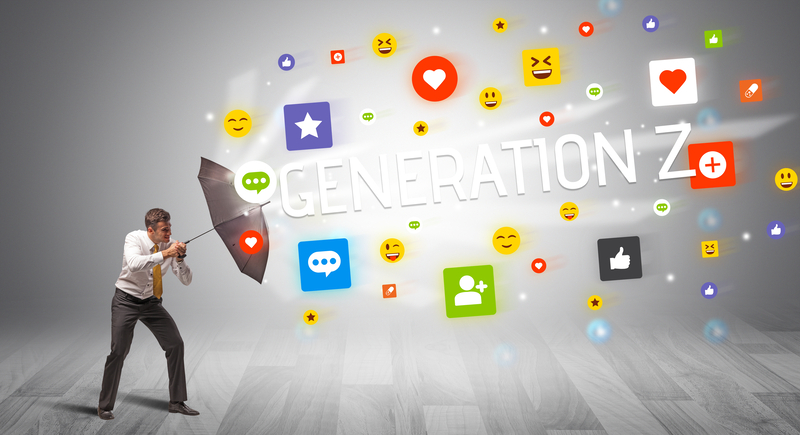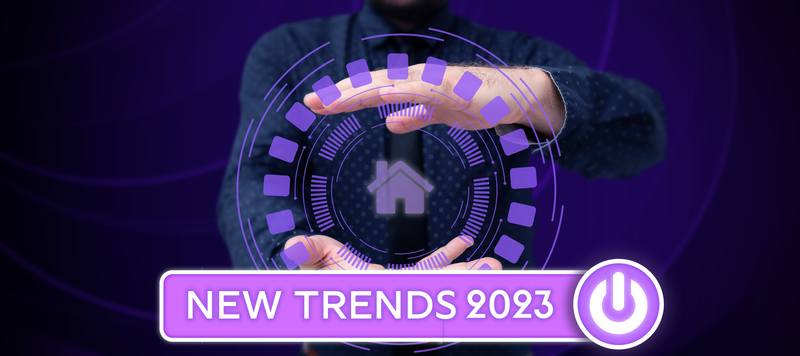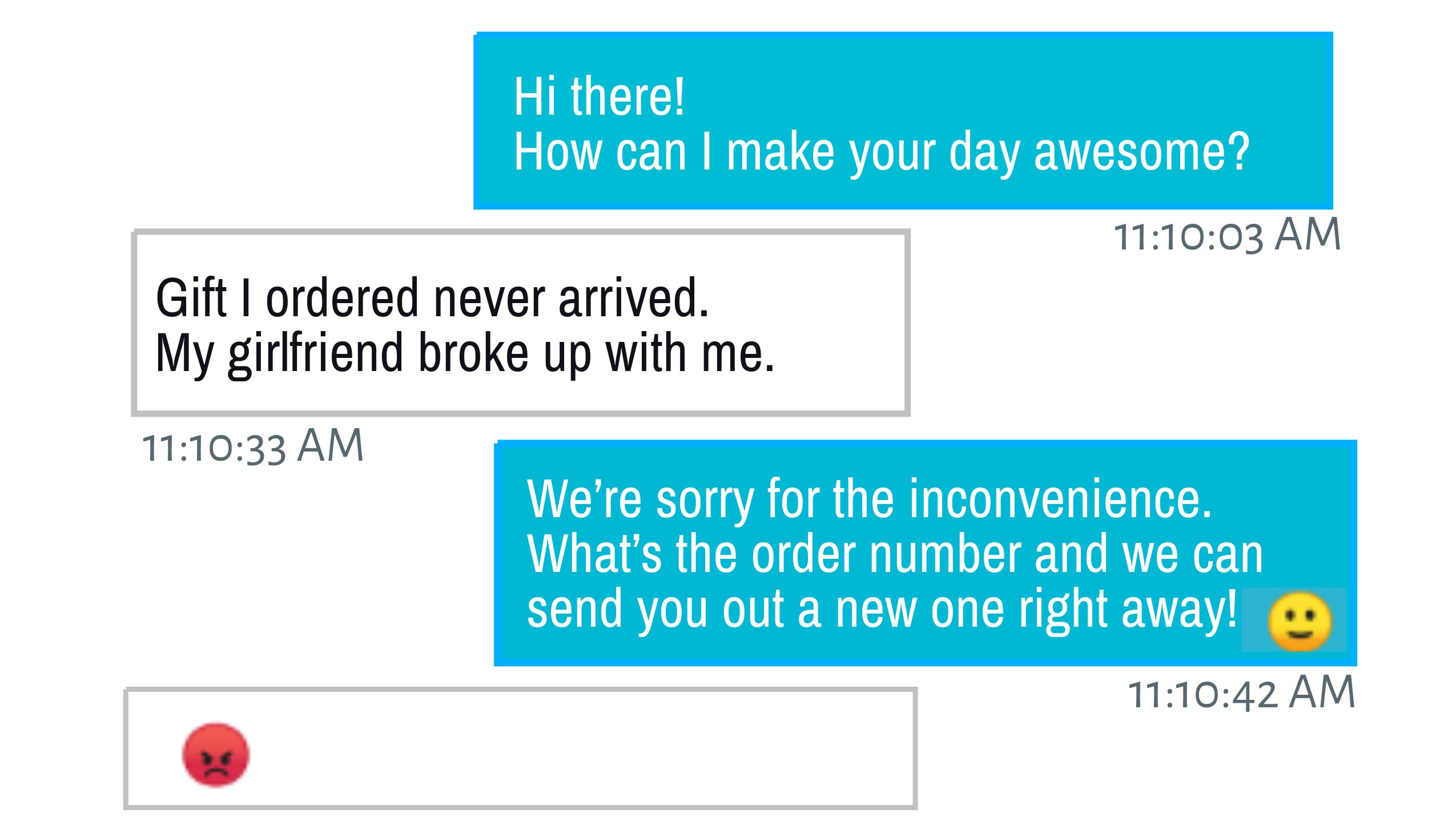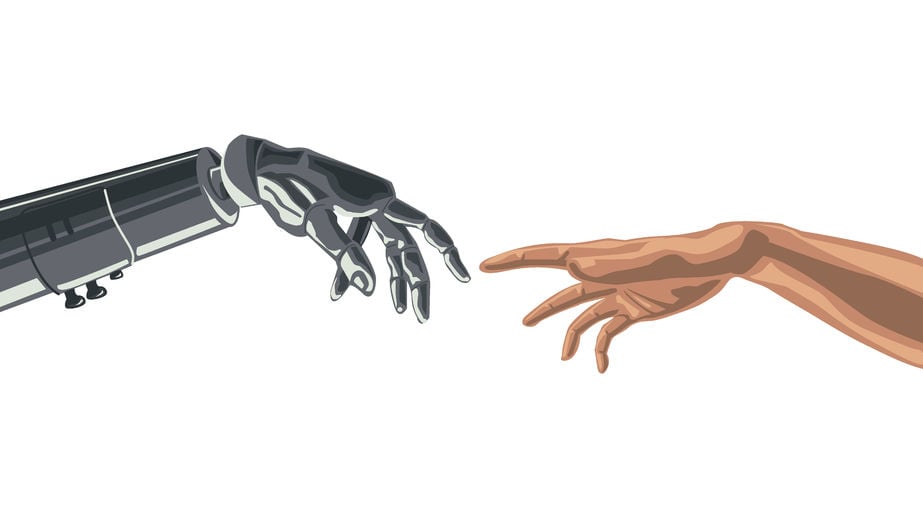If your customer has been through the online FAQ, searched the product manual, tried finding a solution on Youtube but still needs help, their next step is a call to your customer service team. The quality of agent service they receive reflects directly on your supervisory and management teams. If customer service resolution isn’t meeting company goals don’t assume your customer service agent is an idiot. Take a close look at the policies and tools you are (or aren’t) giving them. Empower your agents, as they are your path to resolution.
Just Following Orders
Agents execute company policy, they don’t make it. They’re like soldiers following orders, some of which may seem at odds with your customer’s goal, causing friction or delayed resolution. Agent empowerment comes from the top down. If you give them numerous details and rules to follow make sure they balance your company and customer needs in a way that is easy to convey.
It is important that agents ask questions to make sure they understand the customer issue as clearly as possible. It is just as important to train agents to listen. Including both skills in initial and ongoing training benefits both sides. From Salesforce:
“it is the responsibility of the organization to supply the kind of high-quality customer service training necessary to provide customers with positive experiences. While one organization may opt to teach each employee valuable customer service skills on the job, another may prefer more formal customer service skills training through special customer service classes.”
This Sounds Familiar
There’s a good chance your agent has encountered the same customer issue before. That knowledge can speed resolution. In agent training review common scenarios identified by cumulative data from customer-agent interactions to get your agents up to speed faster.
It isn’t only the agent’s knowledge that is valuable. It is to your benefit as a business to make sure company policies are easy for your customers to find and understand. Common business is not necessarily good business and was it ever your goal to be common?
Watch the Fine Print
Yes, customers are used to fine print. They are used to being tricked and scammed and feeling like they have no choice. But business is a living entity that is constantly evolving. The businesses who don’t realize this and try to do everything as they always did this will go the way of Blockbuster when streaming services like Netflix entered the game. Crash and burn.
Customers desire transparency from the businesses they buy from now more than ever. As this Harvard Business Review article states:
“…companies need to become like more like living businesses, building and sustaining symbiotic ties with their customers as if those relationships are with a concierge, butler, or friend.”
Also from the same article:
“To succeed in this era of relevance, marketers and companies must be continuously willing to abandon the old. As new technologies shift customer journeys and expectations, they can (and should) also enhance companies’ abilities to engage with customers in the most relevant ways. Often, the greatest roadblock is a company’s lack of willingness to transform their processes, organizations, and mindsets as needed.”
So Many Companies, So Little Time
Customers also have options of where to take their business. Many are even willing to pay more for a business that offers superior service. Customers know what they want. If your business has it you get their money.
So instead of making your agents your accomplices in trickery or messengers of outdated policy, you have a choice to make them your collaborators in lasting healthy business.
If best practices are not enough of a motivator, maintaining customer relationships is more financially beneficial than gaining new ones. From HBR:
“acquiring a new customer is anywhere from five to 25 times more expensive than retaining an existing one.”
To Move Heaven and Earth
Agents only have the power to bend policy that you give them. However, if your agents are repeatedly faced with having to tell customers that they cannot help with their issue the customer may feel that the customer service agent is an idiot. Instead, it may be that their hands are tied and you have tied them. In Hubspot’s list of deadly customer service phrases, they indicate the reason an agent says ”I can’t help with that”:
“This is a comeback that customer service and customer success professionals fall back on when they are limited by policies and protocol — when the organizations they work for put process over people.”
It isn’t surprising then that many customers respond with frustration, anger or even abuse. If the processes you have put in place are confusing, laborious or have numerous dead ends you aren’t just making your agents look bad. Your customers know your agents work for you. You look bad too. From Seth Godin’s blog this year:
“Reactive customer service waits until something is broken. We leave it up to the annoyed customer to go to the trouble of finding us, contacting us, and then, in real time, advocating for themselves until we finally manage to make things good enough (we rarely make them better than the customer hoped).
Perhaps we ought to spend more time being proactive.”
When you identify in advance what policies an agent is allowed to bend, and trust your agents with a defined level of discretion they are poised to facilitate resolutions, not block them. Maybe give your agents the option of offering $5 off to two customers of their choosing on a given day. They can use this to ease a situation or to appreciate a great customer.
Building a company culture that empowers agents improves the retention of knowledgeable agents. They are one of your best allies in increasing customer satisfaction and loyalty.
The Cards You’re Dealt
It is profitable for both your company and your customer to employ software that retains customer information at every step. Not all companies have this or other CRM tools. Identifying the best CRM for your company is key before anyone picks up a phone.
As this Forbes article by Jason Kulpa indicates:
“Almost every business can benefit from CRM software, and it is much better to start using a CRM for your business before it becomes necessary. It is important for companies to consider their operations and sales process when considering which CRM solution to use: What customer information is relevant to your sales process? How many times do you usually make contact with a client before they purchase? How important is repeat business to your company? As a business owner, not exploring your CRM options could be a huge oversight for your company.”
Your agents are just as frustrated as your customer when a call is transferred without customer data entered when the interaction started. Sometimes agents cannot see the history of customer interactions with other departments either. The customer is then asked to repeat themselves. To the agent the information is new and they need it to resolve the problem.
There are tools that exist which eliminate this kind of delay in resolution. Are you using them?
The Devil’s in the Details
The agent’s work is more than the time spent interacting with your customer. They have to open tickets, connect with other departments and fill out forms to complete work on the issue. Sometimes an immediate resolution is not possible and may require follow up for the agent and the customer. This isn’t ideal as it lengthens after call work and first call resolution which increase company cost and reduce client satisfaction.
How complex is your company after call process? Are you using programs that do not integrate well together? Does the structure require agents to sign out and sign in to each platform? Do you have tools that give agents real-time data while on a call that reduces after call work and cost per call?
Don’t Shoot Yourself in the Foot
Ignoring the customer service arm of your business is shooting yourself in the foot.
It is a customer’s choice to continue to do business with a company that has crappy service. Customer options are expanding. You roll the dice allowing your customer service agent to look like an idiot by denying them the tools to do their job effectively.























